Here’s a general rule of thumb in the gardening world:
Most plants need around 1 inch of water every week.
While this sounds simple enough, it’s hard to know what 1 inch of water looks like. And without a rain gauge, you really have no way of knowing.
A rain gauge allows you to keep track of precipitation and irrigation output, so as not to overwater – which is not only wasteful, but could encourage disease and cause harm to plants.
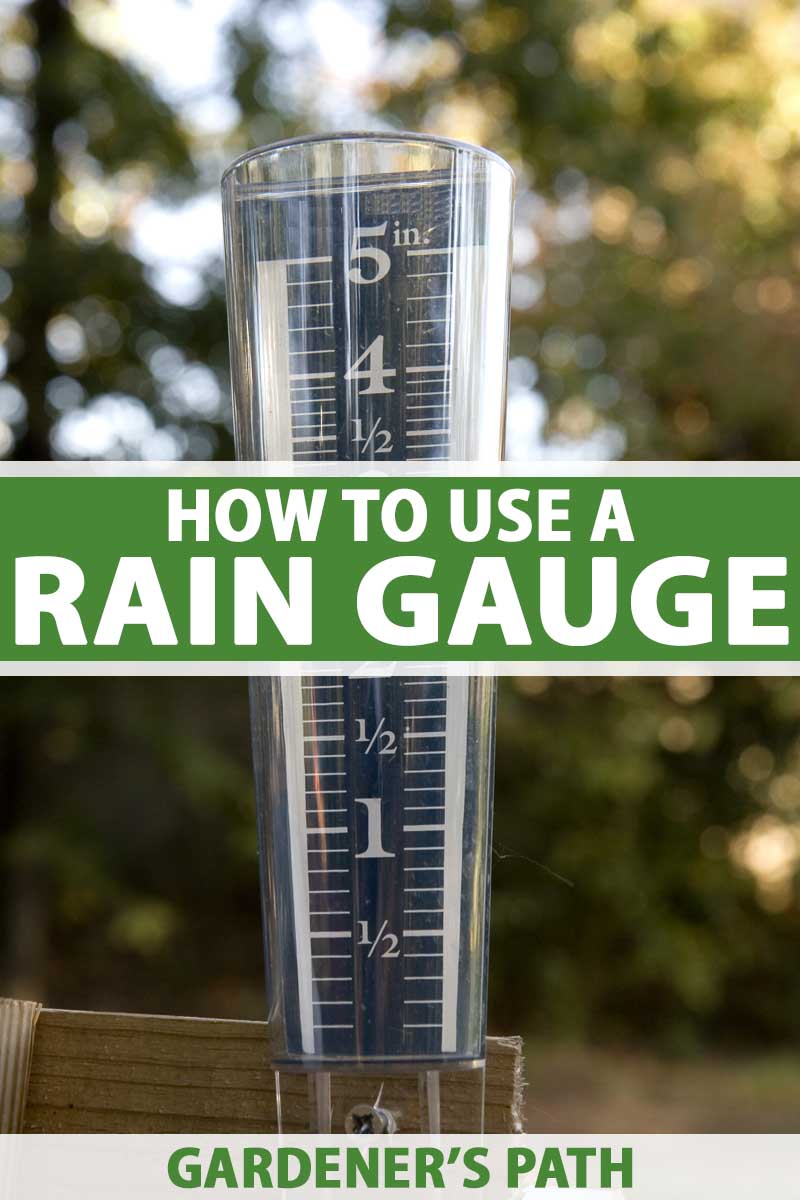
We link to vendors to help you find relevant products. If you buy from one of our links, we may earn a commission.
There are some fancy models on the market, but for the home gardener, high-tech equipment isn’t really necessary.
In fact, you can even make your own if you want. Here’s everything we’ll cover in this article:
All About Rain Gauges
With this basic tool, you’ll be better able to care for your garden and spend less time watering unnecessarily.
What Is a Rain Gauge?
It’s a tool used to measure precipitation, most often rain. There are several types, but as a gardener, you will just need a standard gauge.
The basic model is a graduated cylinder that captures rainfall. It’s marked with measurements, usually inches in the US.
When the rain stops, you just read the cylinder much like you would a measuring cup. It’s that easy.
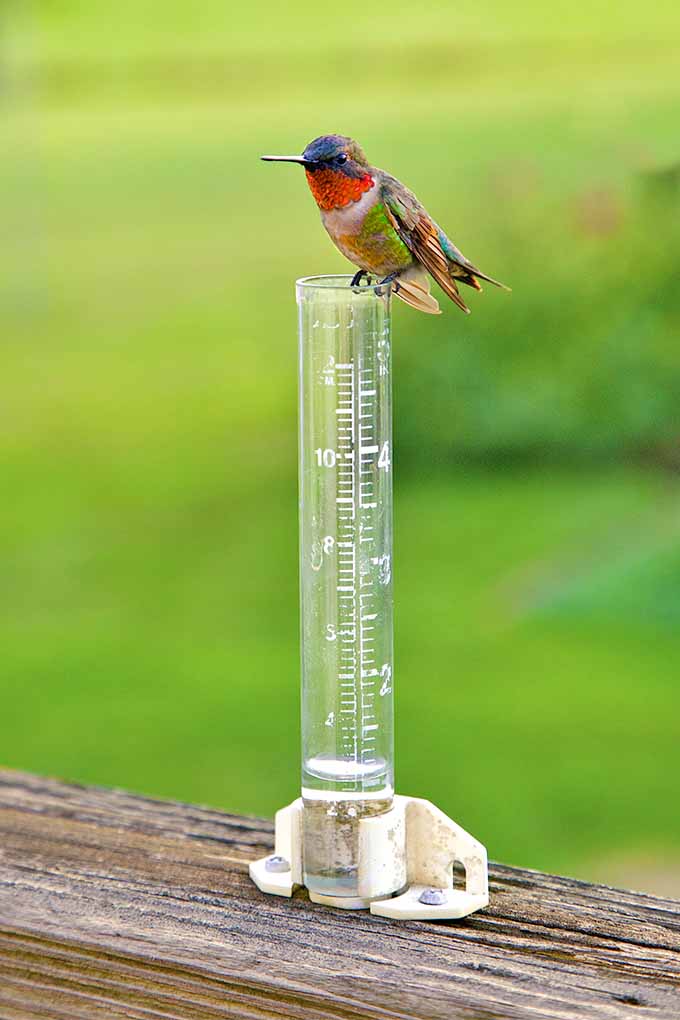
Other models include the tipping bucket, weighing gauge, and optical gauge. All of these can do more than the standard version, and are used to gain more sophisticated readings.
For instance, the tipping bucket can measure the rate of precipitation.
The weighing gauge measures precipitation mass via a sensor. Because it uses mass, it can measure snowfall and hail too.
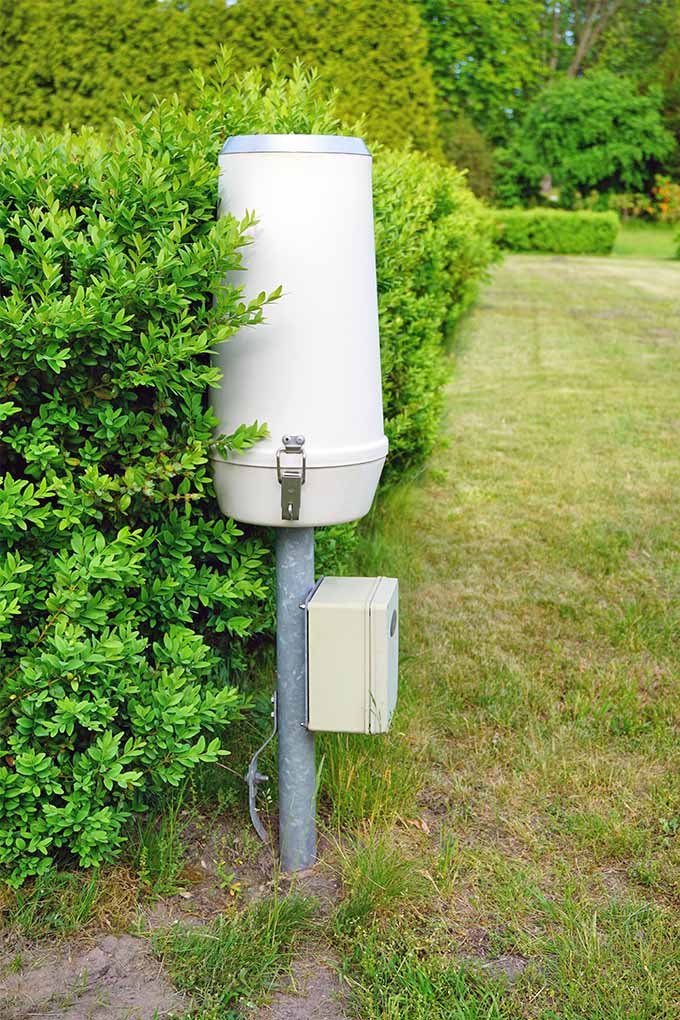
And the optical gauge is crazy advanced and detects optical irregularities. I’ll be honest – this one is over my head and far beyond what is necessary for gardening purposes.
Let’s keep things simple!
How to Use It (and Where to Buy)
Rain gauges are great for measuring not only rainfall, but also water put out by sprinkler systems.

Stratus Precision Rain Gauge via Amazon
There are several different versions of the standard models, from more expensive ones geared towards professionals to very basic ones that you just stick in the ground.
If you choose one to stick directly into the ground, keep in mind you may get some splashback that could skew the reading.

AcuRite Magnifying Acrylic Rain Gauge via Amazon
Also, leaves from any plants overhead can block rain from reaching the cylinder, or even drip moisture from their leaves into the cylinder, throwing off your reading.
Because of these factors, put the gauge a little ways off the ground and in an open area to ensure a more accurate reading.

The model that I have is bolted to my deck. It’s in a spot that is easy to see right when I walk out of my door, so I don’t have to go out of my way to check it.
Decorative options are even available, like this decorative frog, available from Plow & Hearth, to add a touch of whimsy to the landscape.
Decorative Frog, available from Plow & Hearth
Once the sky clears, I check it, take a mental note, and dump it into a plant. That’s it.
If it has a minimum of 1 inch of water in it, I don’t worry about my perennials that week. And honestly, I don’t worry about my perennials anyway unless it has been dry for at least a couple of weeks, or I see signs of wilting.
Many perennials can handle a lengthy dry spell. But you need to know your plants. Hydrangeas and other heat-sensitive plants may need to be babied during drought.
I like to stick with native perennials myself, which are more tolerant of drought and local soil conditions.
As for annuals and edibles, you’ll want to be more diligent in checking your soil’s moisture level.
Measuring Sprinkler Output
If you want to measure sprinkler output, it might be a little tricky to find a good open location for your gauge – unless you’re focused on your lawn.
In the garden, do your best to keep gauges out from under plants but still in the middle of the action.
If you use a sprinkler on a regular basis, it’s helpful to get an idea of how long it takes for your system to produce an inch of water.
To do this, set your rain gauge out in the lawn. Then start your sprinkler up so that the gauge is within the sprinkler’s path.

After 15 minutes, check the amount collected. Take note, and then dump it.
Repeat this process two to three times and take the average of the results. The final measurement gives you a general idea of how much water your sprinkler produces in a 15-minute time span.
Use this measurement to figure out how long you’ll need to run your sprinkler in order to provide your garden or lawn with an inch of water.
It would be annoying to have to run out and check all the time, so getting an idea of your sprinkler’s flow rate will allow you to set your system on a timer and forget about it.
Keep in mind that sprinklers result in more runoff and evaporation than other forms of irrigation, like drip irrigation.
Supplemental Watering
No matter what, I always check the soil, especially around my annuals and edibles.
Checking the soil is the best way to get an idea of moisture needs. If the top 2 inches are dry, it’s time to grab the hose.
And while 1 inch of rain per week is sufficient in most cases, there are some exceptions.
If it’s a heavy, short downpour and there’s significant runoff, you may be surprised by how little penetration occurs.
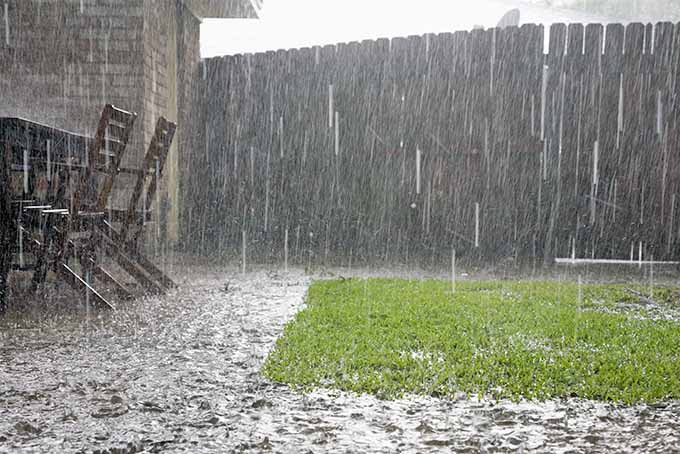
Also, if you have a raised bed, the soil will dry out faster than a garden planted at ground level. So plan on hand watering raised beds more frequently than ground level gardens in the absence of rain.
One inch of water should penetrate the soil somewhere between 6 and 15 inches deep. But your soil type can dramatically affect this.
Clay soils, which are denser, won’t be as deeply penetrated by a 1-inch rain event as loamy and sandy soils.
Also, if temperatures are consistently above 90°F, moisture needs may jump from 1 inch per week to 2 inches per week.
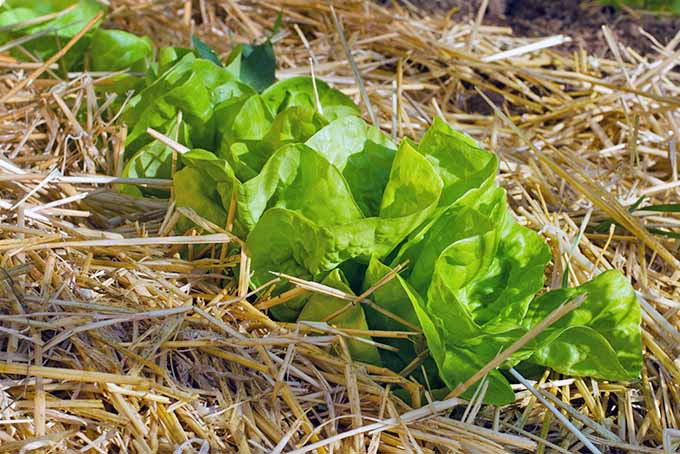
As a general practice, try to water in the morning before the heat sets in. This will help to ease the heat stress placed on your plants.
It will also give your plants time to dry out completely during the day. Wet conditions in the coolness of night make a nice, cozy environment for diseases to develop – and we don’t want that!
Mulching your garden with wood chips, pine straw, or organic matter is also a wonderful way to retain soil moisture and reduce the need for hand watering.
Take the Guesswork Out of It
As basic and essential as water is to your garden, it’s not always easy to know when to supplement, or how much your garden needs.
And for some reason, it’s easy to think your garden needs more water than it actually does.
Using a rain gauge is a great way to take some of the guesswork out of it.
This simple tool gives you a general idea of how much water has hit the soil, which will limit how often you find yourself reaching for the hose.

And coupled with checking your soil before you water, it will give you a lot more confidence in caring for your garden.
I don’t know about you, but I often have a tough time remembering what I did yesterday, let alone the last time it rained.
So having a rain gauge as a reference keeps me from drowning my garden and gives me more confidence in how often I do choose to get the hose out.
Have you used a rain gauge? Do you find it helpful? Share your favorites (or DIY construction tips) with us in the comments!
And for more gardening basics, check out some of these guides next:

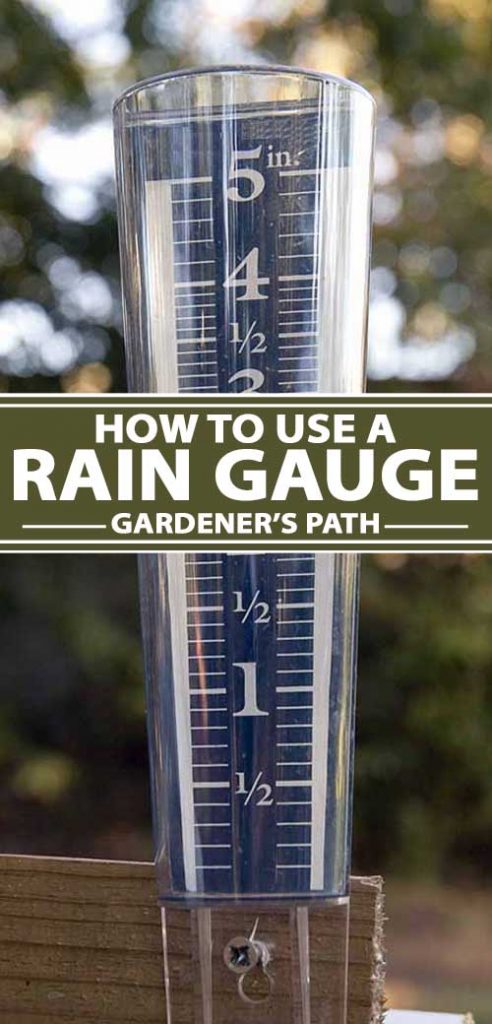
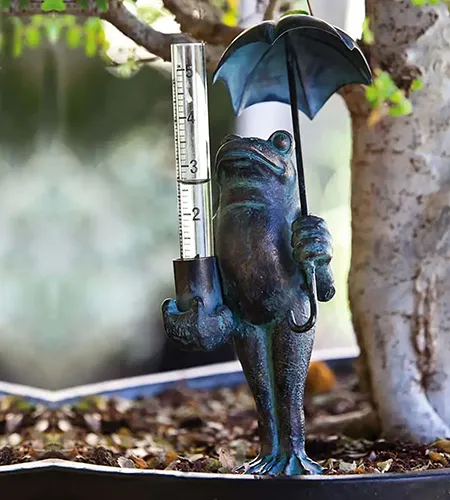
Good info! Thanks!
You’re welcome, Sean!
Okay so if I get an inch of rainfall then I’m not to worry about plants in the ground. If temps are high as in, 90s it’ll likely need more. Above ground or raised bed, potted or containers definitely lose water due to their location. The gauge saying 1 inch fell, only tells us that these need watering because they can’t ‘find’ water. So how much will I need if it’s only had about 1 inch? My local folks say 1/2 gallon of water per plant re: hanging or baskets. Most baskets are sold with about 3 plants however. Now… Read more »
Pots can be tricky, Cat, and the swiftness with which they lose water can depend on the material they’re made from and their color, as well as their size. A black plastic nursery pot or a terra cotta planter, for example, will generally lose water more quickly than, say, a white glazed container. Location is an important factor to consider as well, as plants growing in the shade may need less frequent watering than those placed in full sun. And extra applications of mulch to the planting area can help to retain moisture, while bare soil will dry out more… Read more »
That is a very high amount – 1200mm per year. Probably would be ideal but here in S.E. England UK we get less than half of that and except in summer drought periods plants grow well.